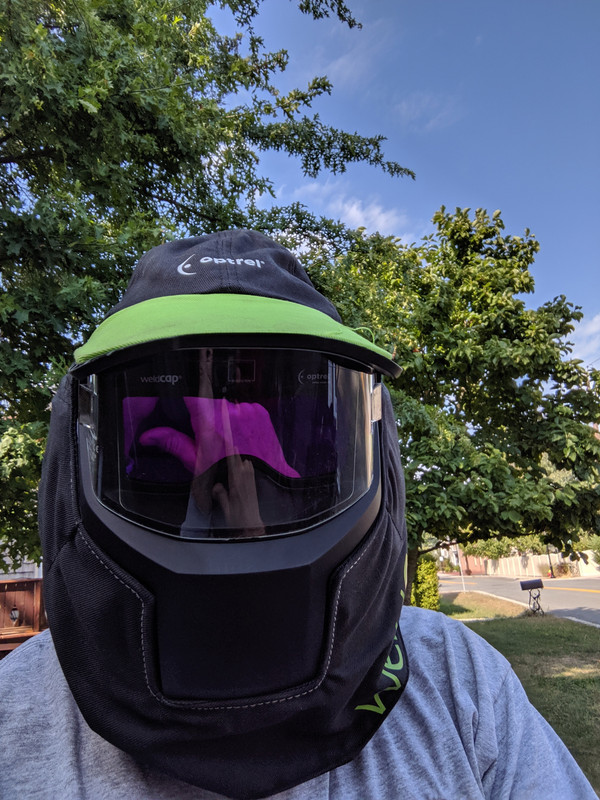lookforjoe
True Classic
@Vagone - every time I scroll past your rust pics it makes me cringe - I forgot to clarify that on mine it was just peeled paint. I just had to clean the surface rust off & prime it for now. I think if I was faced with what you have, I would walk away.

This morning I had a little time to get the left side patches done - still have to do the outer reinforcement
, so I painted it with zinc weld-thru primer for now. I'll grind down the welds inside later.

Got the right skin tacked in place

This morning I had a little time to get the left side patches done - still have to do the outer reinforcement
, so I painted it with zinc weld-thru primer for now. I'll grind down the welds inside later.
Got the right skin tacked in place

